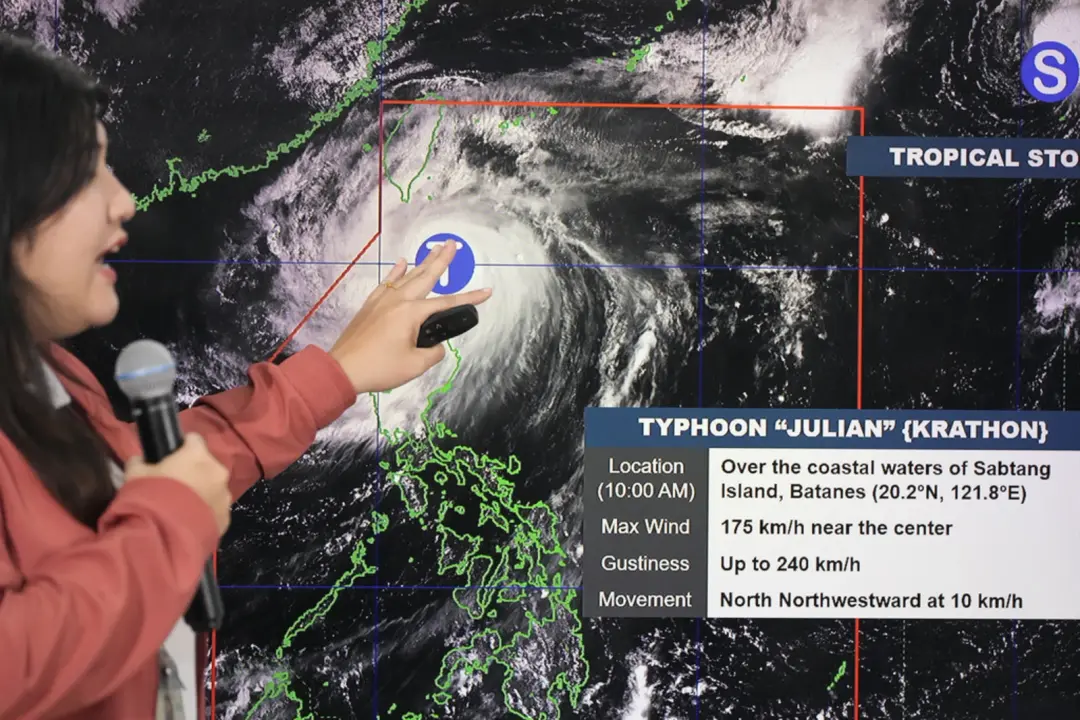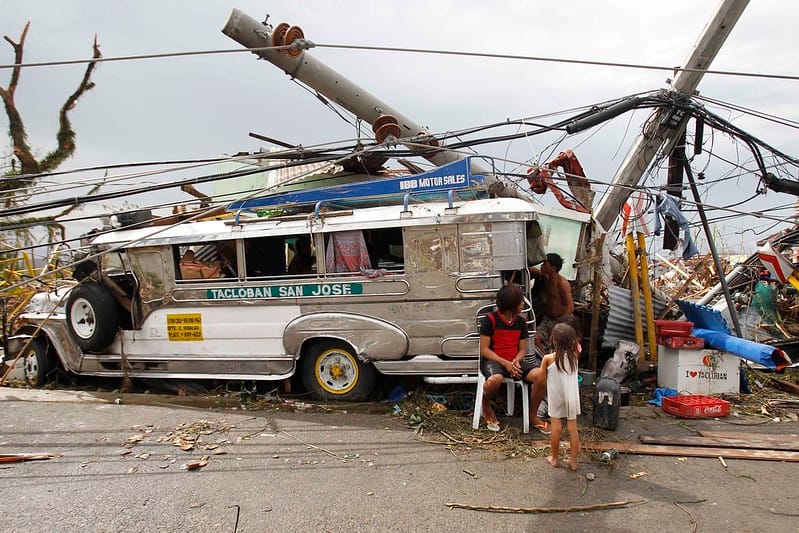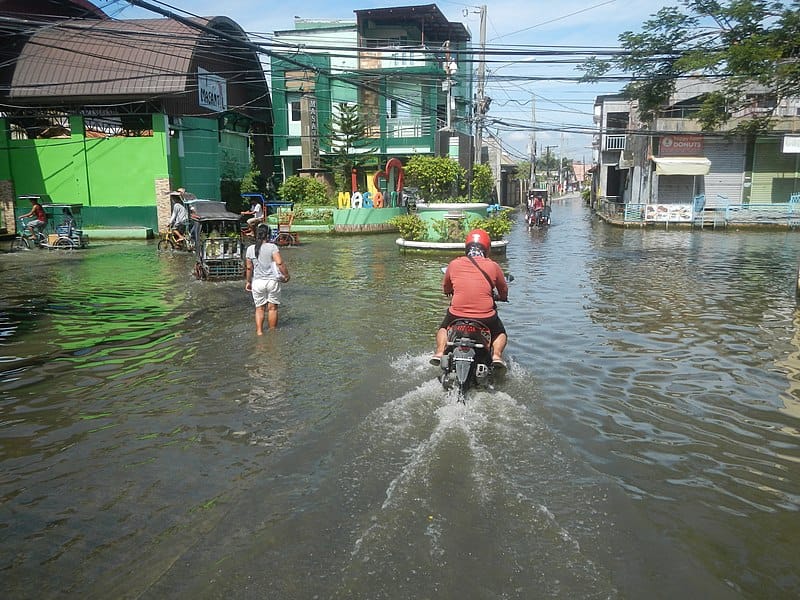
Table of Contents
- Introduction
- Frequency of Typhoons in the Philippines
- How Typhoons are Measured
- The Most Devastating Typhoon in Philippine History
- The Latest Typhoon in the Philippines: Typhoon Julian
- Other Tropical Hazards in the Philippines and Coron
- Recommendations for Tourists During Typhoon Season
- Emergency Measures and Shelters in the Philippines
- Conclusion
1. Introduction:
Typhoons in the Philippines are natural phenomena that pose a significant challenge, especially for tourists looking to enjoy destinations like Coron. This article addresses the frequency of these cyclones, their impacts, and provides recommendations for travelers to safely enjoy their vacations.2. Frequency of Typhoons in the Philippines
The Philippines is situated in the typhoon belt of the Pacific, experiencing around 20 tropical cyclones annually. The months of June to November are particularly active, with the peak occurring from August to October. During this period, about 5 to 6 typhoons make landfall, significantly impacting coastal regions like Coron, Palawan.
Typhoons in the Philippines vary in intensity and frequency, but their occurrence is a constant reality for the nation. Each year, the Philippine Atmospheric, Geophysical and Astronomical Services Administration (PAGASA) monitors these storms, providing essential data for both residents and visitors. The unique geographical features of the Philippines, including its mountainous terrain and vast coastline, influence the path and strength of typhoons.
3. How Typhoons are Measured
Typhoons are classified based on wind speed and atmospheric pressure using the Joint Typhoon Warning Center (JTWC) scale and the Saffir-Simpson Hurricane Wind Scale. The classification system categorizes storms into five categories, with Category 1 being the least intense (winds of 74-95 mph) and Category 5 being the most severe (winds exceeding 157 mph). This classification helps authorities issue alerts and take preventive measures to safeguard the population and visitors.
Meteorologists utilize satellite imagery, radar technology, and meteorological data to track the development and movement of typhoons. This information is crucial for predicting potential landfall locations and the associated risks, such as flooding and landslides. The measurement of rainfall intensity is also essential, as heavy rain can exacerbate the effects of strong winds, leading to dangerous conditions.
4. The Most Devastating Typhoon in Philippine History

Typhoon Haiyan, known as Yolanda, was the most devastating in recent history, hitting the country in November 2013 with winds of up to 315 km/h (195 mph). It made landfall in Eastern Samar and caused extensive damage throughout the Visayas region, including Leyte and Tacloban City. The destruction left behind by Haiyan was catastrophic, resulting in over 6,000 fatalities and displacing millions of people.
The aftermath of Typhoon Haiyan highlighted the need for preparedness and response to such natural disasters. Infrastructure, including homes, schools, and hospitals, was severely damaged, impacting local economies and tourism. In response, the Philippine government and various organizations implemented measures to enhance disaster preparedness, improve infrastructure resilience, and develop early warning systems to better protect communities from future typhoons.
5. The Latest Typhoon in the Philippines: Typhoon Julian
In October 2024, Super Typhoon Julian impacted northern Philippines, generating strong winds and torrential rains. Although Coron was not directly affected, preventive evacuations were implemented, and authorities urged tourists to stay informed through PAGASA alerts. Julian was characterized by winds reaching up to 220 km/h (137 mph) and heavy rainfall that caused flooding in several areas of Luzon.
The government issued warnings, urging residents and visitors to remain indoors and avoid traveling during the storm. Evacuation centers were set up in strategic locations, providing safe shelter for those in vulnerable areas. Tourists in Coron were advised to stay in their accommodations, ensuring they had access to food, water, and emergency supplies.
6. Other Tropical Hazards in the Philippines and Coron
In addition to typhoons, the Philippines faces other hazards such as tropical storms, depressions, and monsoon rains. These weather events can also lead to flooding, landslides, and disruption of travel plans. During the southwest monsoon (Habagat), which typically occurs from June to September, heavy rainfall can cause significant impacts, especially in low-lying areas.
Coron, being a coastal destination, is particularly vulnerable to these hazards. The local government and disaster response teams continually monitor weather conditions and are prepared to act swiftly in the event of an emergency. Travelers should remain vigilant about weather updates and heed any advisories issued by local authorities.
7. Recommendations for Tourists During Typhoon Season
For visitors during the typhoon season, it is recommended to:
- Avoid peak typhoon season: If possible, plan your travels outside of the most dangerous months. The safest months to visit Coron are typically December to May, when the weather is more stable.
- Check forecasts: Regularly consult PAGASA weather reports and local news outlets for updates on typhoon developments. Mobile apps and social media channels can also provide timely information.
- Have travel insurance: Ensure your travel insurance covers cancellations due to natural disasters. Review the policy details and understand what situations are covered.
- Follow local alerts: Stay informed about conditions and heed instructions from authorities, including evacuation orders if issued.
- Wait before going out: After a typhoon, wait 24 to 48 hours to allow safe conditions to be restored. This allows emergency crews to assess and clear any hazards.
- Keep emergency contacts: Have a list of emergency contacts, including local authorities, your country’s embassy, and your accommodation’s front desk.
8. Emergency Measures and Shelters in the Philippines

The Philippine government has measures in place for emergencies, including evacuation centers and supply kits. Tourists should be aware of the location of shelters and be prepared with a basic kit that includes water, food, and important documents. Accommodations in tourist areas are typically well-informed about emergency procedures and can assist guests in case of a typhoon.
In Coron, local authorities have designated safe areas and shelters for residents and visitors. These shelters are equipped with basic necessities, including food, water, and medical assistance. It is essential for travelers to familiarize themselves with evacuation routes and emergency protocols upon arrival.
9. Conclusion
Traveling to Coron in the Philippines during the typhoon season requires adequate preparation and precautions. While typhoons pose a risk, tourists can enjoy the wonders of the Philippines by taking proactive measures to ensure their safety. With the right information and a preventive approach, Coron and its tropical landscapes will continue to be an attractive destination to explore. Understanding the potential risks and knowing how to respond can help ensure a safe and memorable trip.
